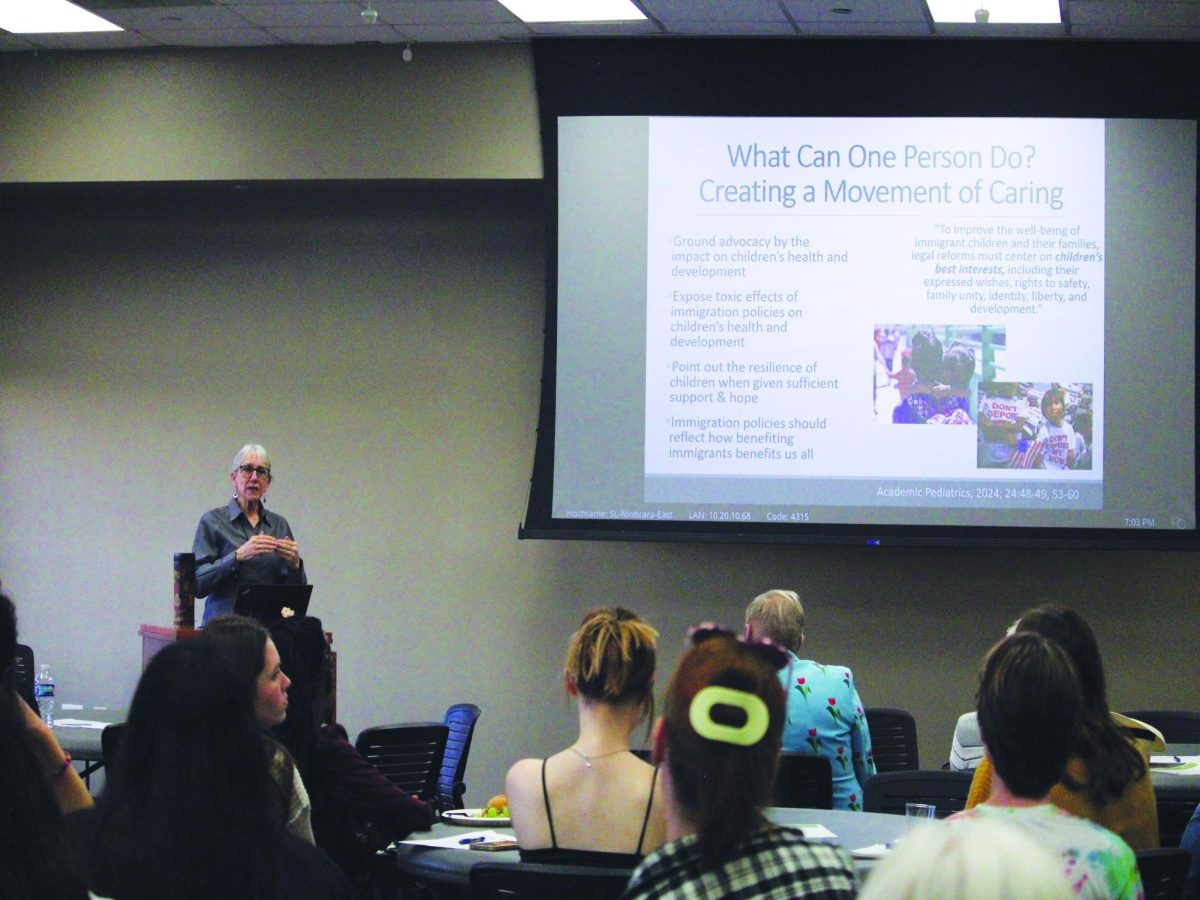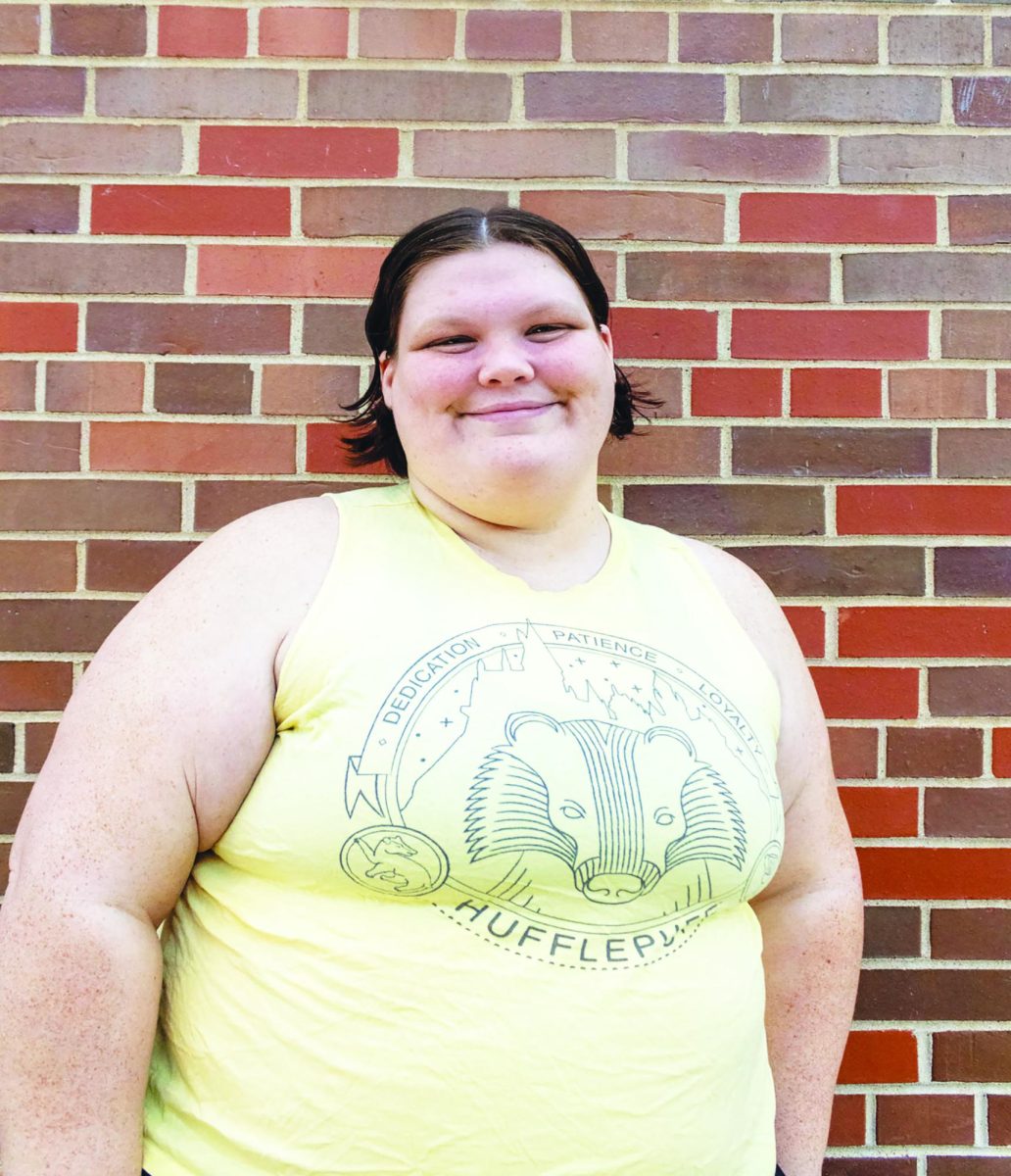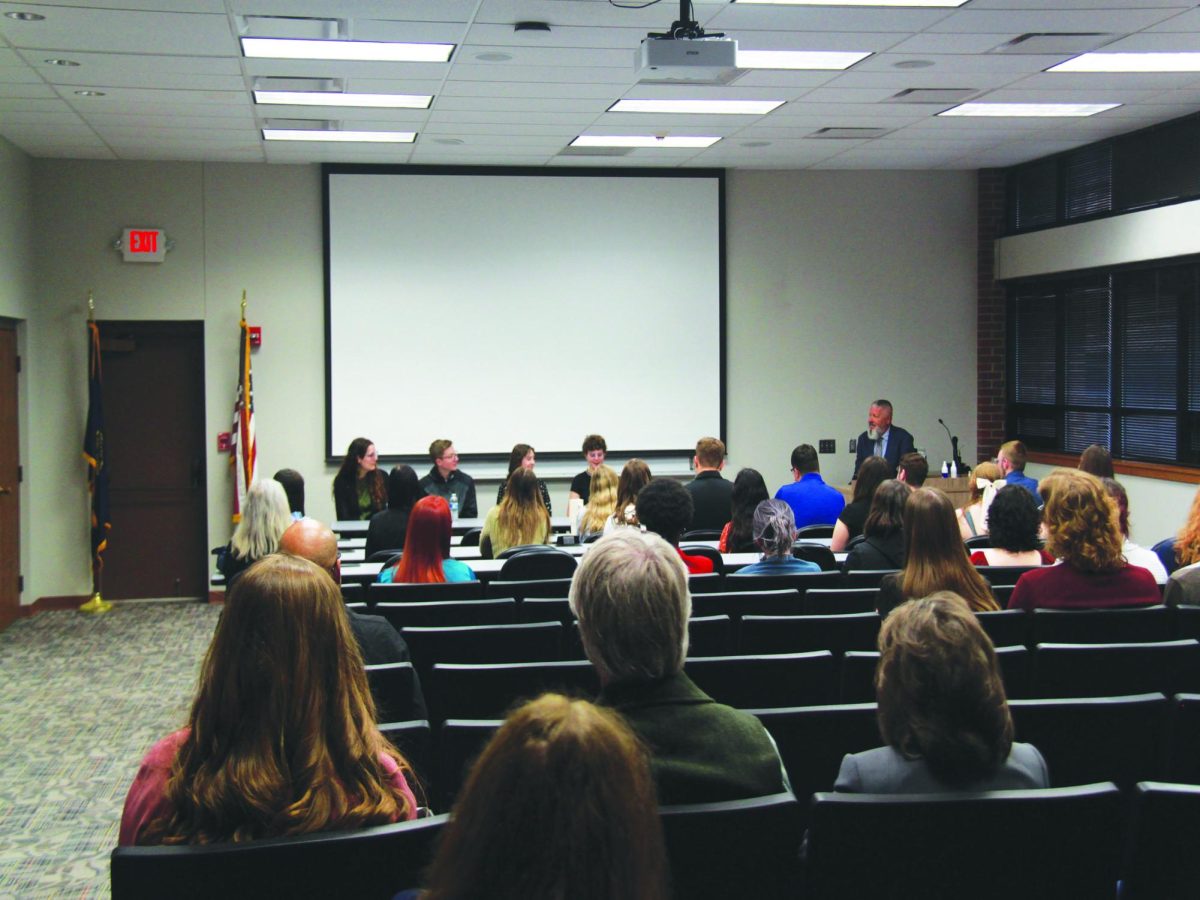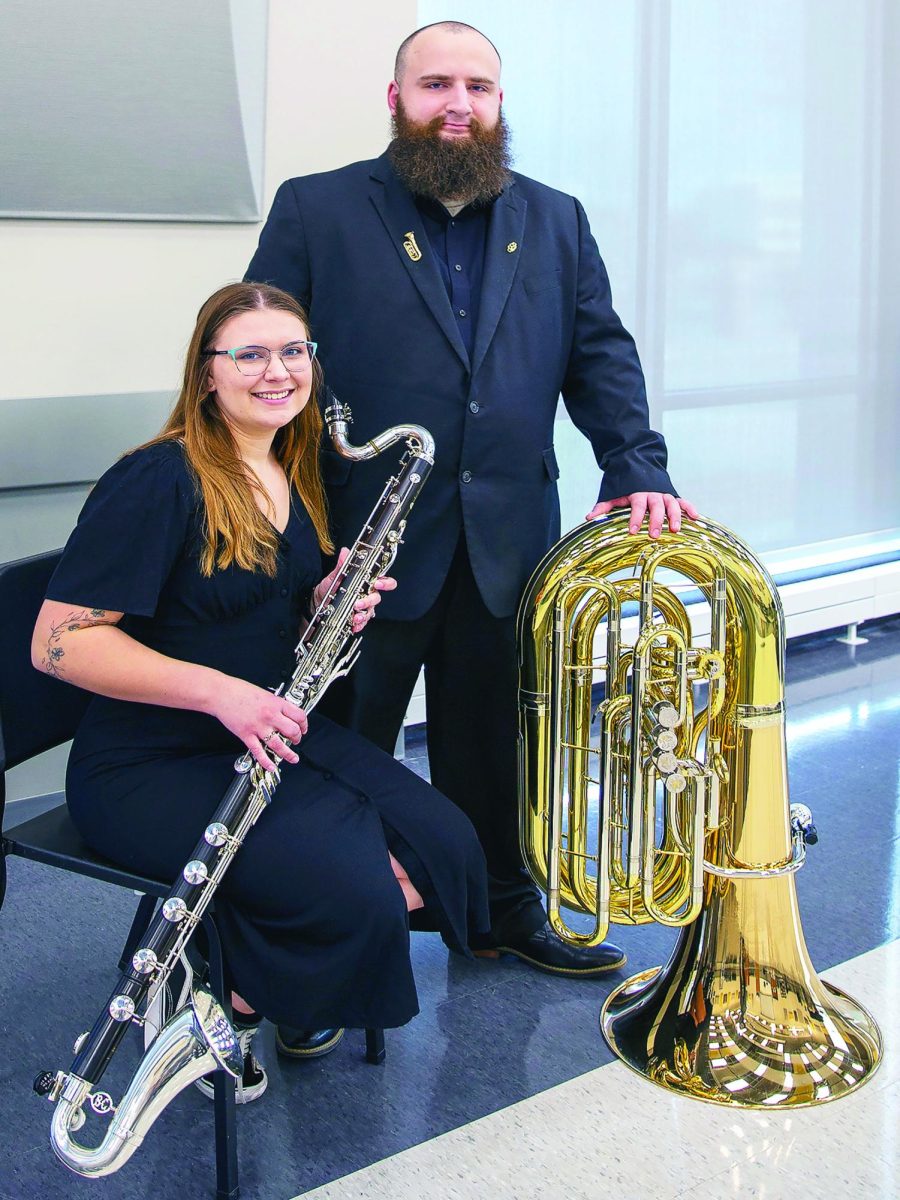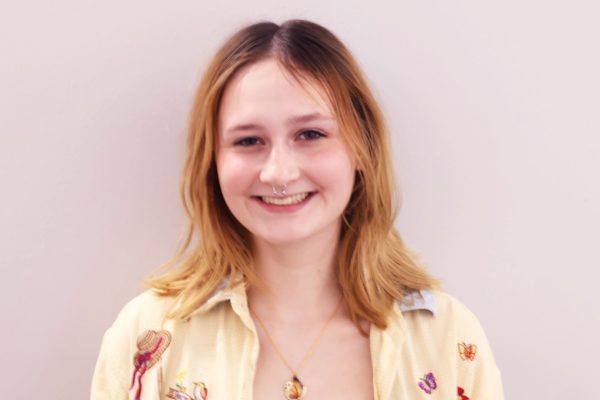Wayne State College junior Shannon Kennicutt won an award at the the Nebraska Institutional Development Award Program (IDeA) Networks of Biomedical Research Excellence (INBRE) program’s annual conference on Aug. 6.
Kennicutt received the second-place Richard Holland Future Scientist Award in the Oral Presentation category during the conference.
Despite Kennicutt being from a very small school, she had a big interest in science and followed that fascination to WSC. She is majoring in biology at Wayne State with a minor in Public and Global Health.
Kennicutt made the switch from pre-medicine to biology after a few professors suggested she try research after not doing well in classes with a focus on medicine.
Besides Kennicutt, nobody at WSC applied to INBRE until she was asked to apply in May.
“Deadline was in December… I didn’t know until May… and we started in May,” Kennicutt said.
INBRE Scholars enter the program after completing sophomore year in college through the recommendation of their professors. The two-year comprehensive training program aims to prepare students for graduate school.
Kennicutt sent in her resume, statement of interest, transcript and a signed agreement to work full-time hours throughout the summer. Due to the last-minute application Kennicutt submitted, she didn’t get to choose the lab she wanted to be involved in.
She was thrown into the lab working with the parasitic nematode, Brugia malayi, for 10 weeks through the summer.
Brugia malayi is one of the causes of lymphatic filariasis, “a neglected tropical disease that affects 120 million people worldwide,” according to the National Library of Medicine. Parasitic nematode Brugia malayi is a cause of lymphatic filariasis disease, also known as elephantiasis. Unfortunately, there are no drugs currently on the market that kill the worm.
Kennicutt researched how a drug known as levamisole, which has been discovered to paralyze the male adult worm, interacts with genes within the worms. Due to the ability of the female worm to recover in the presence of levamisole, Kennicutt spent a substantial amount of time looking at how specific genes in worms affect recovery in Brugia malayi.
Kennicutt explains her research was largely possible through the utilization of PCR (Polymerase chain reaction) and QPCR machines. Simply put, she designed fragments of DNA, picked the parts she wanted to keep or amplify and sent them through PCR. The QPCR then revealed how well the parts were amplified.
While she enjoyed the focus of the lab, Kennicutt says it wasn’t exactly what she wants to do in life. However, she plans on continuing to work on the project until graduation.
Kennicutt’s work at WSC is not done and she hopes to once again attend the March Global Health Conference in Omaha during the 2024-25 academic year.
In terms of graduate schools, her top two choices are UNMC and Creighton. Kennicutt explained that her time at Creighton over the summer made her fond of the program.
Despite winning the second-place award in the Oral Presentation category, Kennicutt does not take communication courses at WSC. However, with the combined experience of taking a college credit speech class in high school and working with the speech team all 4 years, Kennicutt proved her expertise was sufficient.
“It sounds like a kind of scary, almost sketchy program to get into, but it’s phenomenal,” Kennicutt said. “I’ve met amazing people along the way… it has definitely changed my outlook on my career.”

